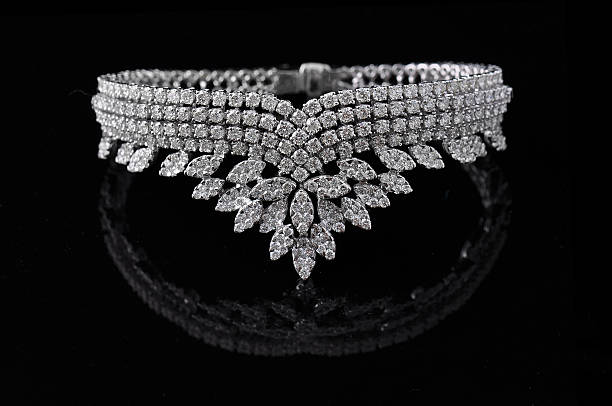Exploring the Beauty of Emerald Stones All Entries

If you want tough stones besides diamonds for your jewelry, consider emerald stones. An emerald is a green or bluish green-colored gemstone that comes from the mineral beryl, which has a hardness of 7.5 to 8 on the Mohs scale. Here's a look at the qualities that make these stones so popular.
A Great Gift For Green Lovers
Jewelry enthusiasts who love the color green often are attracted to emeralds. It's an uplifting color that conveys vitality and nature, as it nicely matches environmental settings. The word "emerald" itself translates from Ancient Greek to mean "green gem." Green is also a warm and calm color that often associates with peace and tranquility.
Color is the most crucial attribute when grading emeralds, followed by clarity. In order to be considered a high quality stone, the emerald should display both green and transparent properties. Aside from green and blue hues, emerald colors can also include yellow-green hues as long as the overall color is medium to dark. Lighter versions of this species are called green beryl.
The Nature of Emerald Stones
Emeralds originate from various parts of the world, with the heaviest concentration coming from Colombia. At one time, the stones were mined in Egypt thousands of years ago and then in India and Austria by the 14th century CE. Other key sources are in Brasil, Russia, Afghanistan, Pakistan, and parts of Africa. Emerald mining has increased significantly in Colombia this century. Sometimes emeralds are found in North America in states such as Connecticut, Montana, Nevada, and the Carolinas.
Since the mid-sixties, synthetic emeralds have been produced and marketed first under names such as "Emerita" and "Symeralds." These stones were developed with a thin coating of emerald over natural colorless beryl stones. Eventually a hydrothermal synthesis method was used to produce synthetic stones. Even though synthetic versions have the same chemical compositon as natural emeralds, the U.S. Federal Trade Commission (FTC) has strict regulations on what may be marketed as a synthetic stone.
Determining Emerald Value
Due to the high number of inclusions and fissures typically found in emeralds, the gems are graded using the eye rather than gemology measuring tools. So if the emerald lacks visible inclusions, it's considered flawless and rare. Imperfections can be used to identify specific emerald stones. The most valuable of these stones are medium to dark in tone with a hue that is at least 85 percent green.
When evaluating emeralds, it's best to work with a jeweler that's a member of the Gemological Institute of America (GIA), which is the most authoritative organization on appraising gem values. Although not all certified gemologists may agree on the exact valuations of emeralds, it's still important to get the opinion of such an expert, rather than a random seller.
Conclusion
Shopping for emeralds can be tricky when differentiating between pure and synthetic stones. Contact us at Ralph Mueller & Associates to learn more about how we can help you find the brilliant emerald stones you're looking for. We are GIA members and work with jewelry buyers and sellers all over the world.